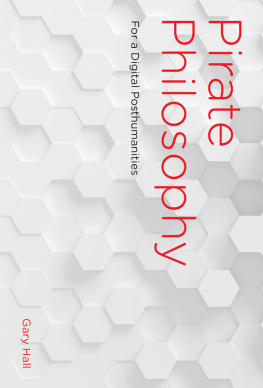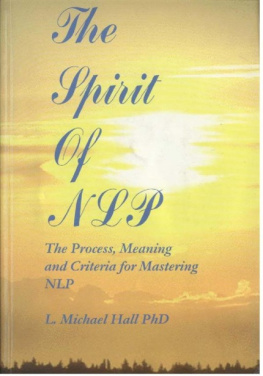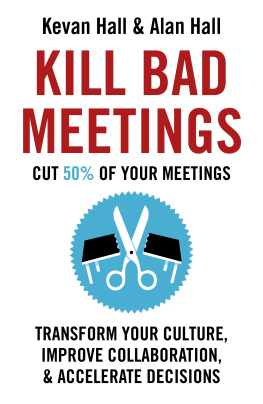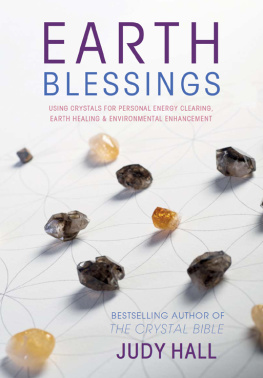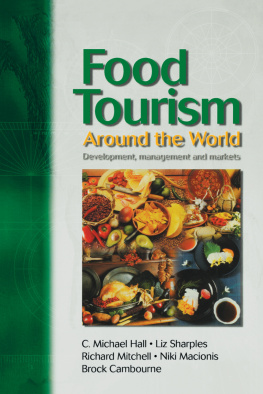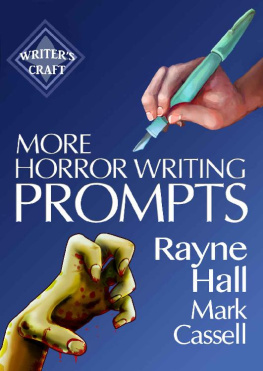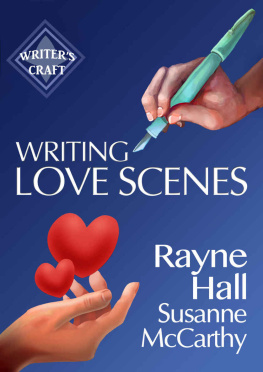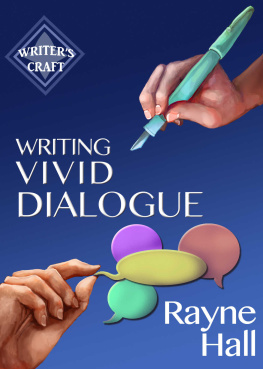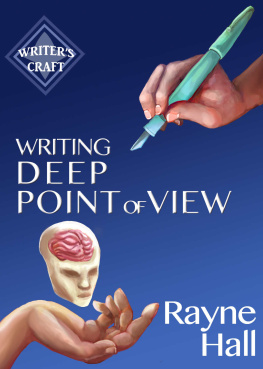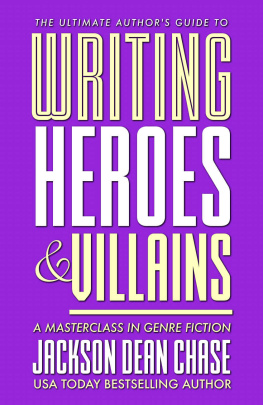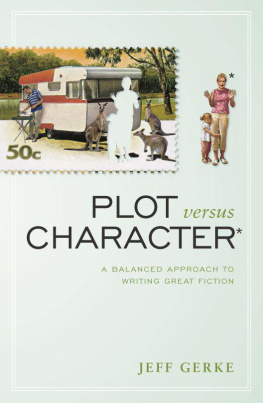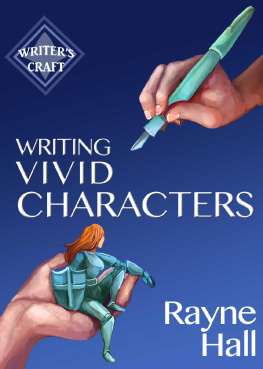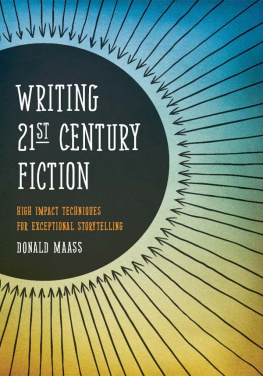Hall - Writing About Villains: How to Create Compelling Dark Characters for Your Fiction
Here you can read online Hall - Writing About Villains: How to Create Compelling Dark Characters for Your Fiction full text of the book (entire story) in english for free. Download pdf and epub, get meaning, cover and reviews about this ebook. year: 2014, publisher: Rayne Hall, genre: Children. Description of the work, (preface) as well as reviews are available. Best literature library LitArk.com created for fans of good reading and offers a wide selection of genres:
Romance novel
Science fiction
Adventure
Detective
Science
History
Home and family
Prose
Art
Politics
Computer
Non-fiction
Religion
Business
Children
Humor
Choose a favorite category and find really read worthwhile books. Enjoy immersion in the world of imagination, feel the emotions of the characters or learn something new for yourself, make an fascinating discovery.

Writing About Villains: How to Create Compelling Dark Characters for Your Fiction: summary, description and annotation
We offer to read an annotation, description, summary or preface (depends on what the author of the book "Writing About Villains: How to Create Compelling Dark Characters for Your Fiction" wrote himself). If you haven't found the necessary information about the book — write in the comments, we will try to find it.
Hall: author's other books
Who wrote Writing About Villains: How to Create Compelling Dark Characters for Your Fiction? Find out the surname, the name of the author of the book and a list of all author's works by series.
Writing About Villains: How to Create Compelling Dark Characters for Your Fiction — read online for free the complete book (whole text) full work
Below is the text of the book, divided by pages. System saving the place of the last page read, allows you to conveniently read the book "Writing About Villains: How to Create Compelling Dark Characters for Your Fiction" online for free, without having to search again every time where you left off. Put a bookmark, and you can go to the page where you finished reading at any time.
Font size:
Interval:
Bookmark:
WRITING ABOUT VILLAINS
by
Rayne Hall
Copyright Rayne Hall 2013-2015
All Rights Reserved - content copyright Rayne Hall
Cover Art and Design by Erica Syverson
Scimitar Press (May 2015 Edition)
CONTENTS
INTRODUCTION
I love villains.
Forget the cardboard evil-doers with their evil laughter and stinking breath. Your villains will have personality, ideals, feelings and conflicts. They will challenge your heroes, chill your readers, and give your novel excitement and depth. This book shows you how to create fiends whom readers love to hate and can't forget.
In the first chapters, we'll look at characterisation, tapping into the power of archetypes without stereotyping, making your villains fearsome, believable and unique. Then we explore writing techniques. Simple yet effective sentences can bring your fiend to life and make the readers' skin crawl.
You can use this book to create a new villain for a future novel, or to flesh out the one from your current work in progress.
The techniques work for most stories, whether you write a romance, an urban fantasy, a thriller, a horror novel or a children's book. You are the CEO of your writing; you decide which of my suggestions you use where and how.
In some sections, I've used she and in others he, and I've employed the words hero and villain for women and men alike. Almost everything in this book applies to either gender.
I'm using British words, spellings, grammar and punctuation.
Enjoy creating the kind of villain your novel deserves.
Rayne Hall
CHAPTER 1:ARCHETYPES OF EVIL
Certain types of characters have played a role in storytelling since humans discovered language. They appear again and again, always recognisable, yet always different. They resonate with the reader's subconscious on a deep level.
The archetype is an important part of the villain's characterisation - but it's not a substitute for proper character development. Unless fleshed out as individuals, archetypes remain lifeless.
Here are the ten archetypes. If you're starting a new work of fiction, choose the one that intrigues you, and use it as the basis for the characterisation. If your story is already in progress, you'll probably recognise your villain's character in one of the ten archetypes. It will click and feel right. Use it to deepen the character.
Although I've used he for some and she for others, these archetypes apply to either gender.
TEN VILLAIN ARCHETYPES
1. The Evil Overlord
This villain sits at the top of a power pyramid and wants still more power: king, slave owner, gangster boss, prison director, boarding school headmaster, convent abbess, care home matron, controlling patriarch, wife batterer, CEO, political dictator, alpha of werewolf clan. He is most often found in historical and fantasy fiction.
He is motivated by power and control. His aim is to keep and expand his empire.
His style is based on long-term planning. He plots years and decades ahead, and always keeps the big picture in mind. He is extremely intelligent, and his decisions are rapid and ruthless. He gets other people to support his goals. To keep his minions in line, he uses the carrot and the stick - a blend of incentives and threats. He has no scruples manipulating others, and is skilled in subverting their noble ideals and religious convictions to evil. Sometimes he masterminds several other villains.
Either he came from a humble and hopeless position (perhaps he was an abused orphan, or a monarch's illegitimate son) and plotted his way to the top - or was a selfless hero who courageously led the people in the struggle against oppression until the fight was won, when he became the new ruler and his new power corrupted him.
He fears only one thing: to lose control. His weakness is a distrust of his followers; he may suspect traitors everywhere and have his most loyal henchmen executed on suspicion of treason.
2. The Schemer
This villain fits into any society and any fiction genre. She may be the heroine's sister, neighbour, colleague or friend. She may be the efficient secretary who trades the company's secrets to the competition, the double agent selling information to rival nations, or the counsellor who poisons the client's mind. In some works of fiction, she's not the arch villain, but a minor villain, and her villainy may not be revealed until the novel's Black Moment.
Her plans are for the long term. She identifies people who can help her attain her goal, and sets out to befriend them. She does them favours, supports them, gains their trust, and makes them believe that she's their friend.
She is motivated by ambition. Whether she wants to achieve a senior management job, steal another woman's husband, become the most popular girl in class or marry a millionaire, she knows what she wants and schemes to get it. Even those closest to her have no idea what she's really after. She appears trustworthy.
Sometimes, she is secretly afraid that she won't measure up.
Her weakness may be an unawareness of how other people are scheming. She doesn't have the same grasp on the big picture as the Evil Overlord has, and may learn too late that for all her clever planning, she was just a pawn in someone else's game. Sometimes, this villain's downfall is a trap she has set for others.
3. The Obsessed Scientist
This villain is intelligent, analytical, creative and determined. He may be a computer hacker, magician, alchemist, inventor, researcher, professor, doctor or engineer. In some works of fiction, he's presented as a mad scientist but more often, he's frighteningly sane.
He is popular in thrillers, steampunk and science fiction.
His goal is to prove to the world, and especially to his peers, that he is right, that his hypothesis, his invention, his solution works. He needs this acknowledgement.
His style is analytical and focused. He'll do what it takes to achieve his goal, and if necessary, he'll make great personal sacrifices.
All his life, no one took him seriously. His classmates in school viewed him as a nerd. Later, his peers mocked his theories. Professional organisations may have refused to admit him as a member, or may have disqualified him or kicked him out - unfairly, in his opinion. Now he's going to show them.
His means to bring about the desired result are unscrupulous. Often, they involve cruel experiments on animals or on human prisoners. His conscience has no problem with killing, maiming and tormenting others for the cause. Since he's willing to make sacrifices, he doesn't see why others shouldn't make sacrifices, too.
He may have a sadistic streak and enjoy tormenting his study subjects.
His weakness is hubris. He is so convinced of his superior intelligence, so desperate to show it off, and so keen to prove that his invention works that a skilled manipulator can lead him into a trap.
4. The Smothering Mother
This villain dominates her family - or her community or club. She will do anything for them, and in return, expects unquestioned loyalty, love and obedience. She commands and lies.
She is motivated by the need to control others.
She expects every member of her family to obey her, and punishes those who deviate from her will by moving into their own apartment without her permission, or by marrying a person she did not approve of. She knows she's right, and she demands total obedience from everyone for their own good.
In return, she'll protect and defend them. She believes her darlings to be perfect - except when they disobey - and denies or justifies their mistakes. Her darling son is a serial rapist? It's the women's fault. Her sweet daughter murdered a child? Impossible. The Smothering Mother will provide a fake alibi and swear every oath that her daughter did not leave her side.
Next pageFont size:
Interval:
Bookmark:
Similar books «Writing About Villains: How to Create Compelling Dark Characters for Your Fiction»
Look at similar books to Writing About Villains: How to Create Compelling Dark Characters for Your Fiction. We have selected literature similar in name and meaning in the hope of providing readers with more options to find new, interesting, not yet read works.
Discussion, reviews of the book Writing About Villains: How to Create Compelling Dark Characters for Your Fiction and just readers' own opinions. Leave your comments, write what you think about the work, its meaning or the main characters. Specify what exactly you liked and what you didn't like, and why you think so.


